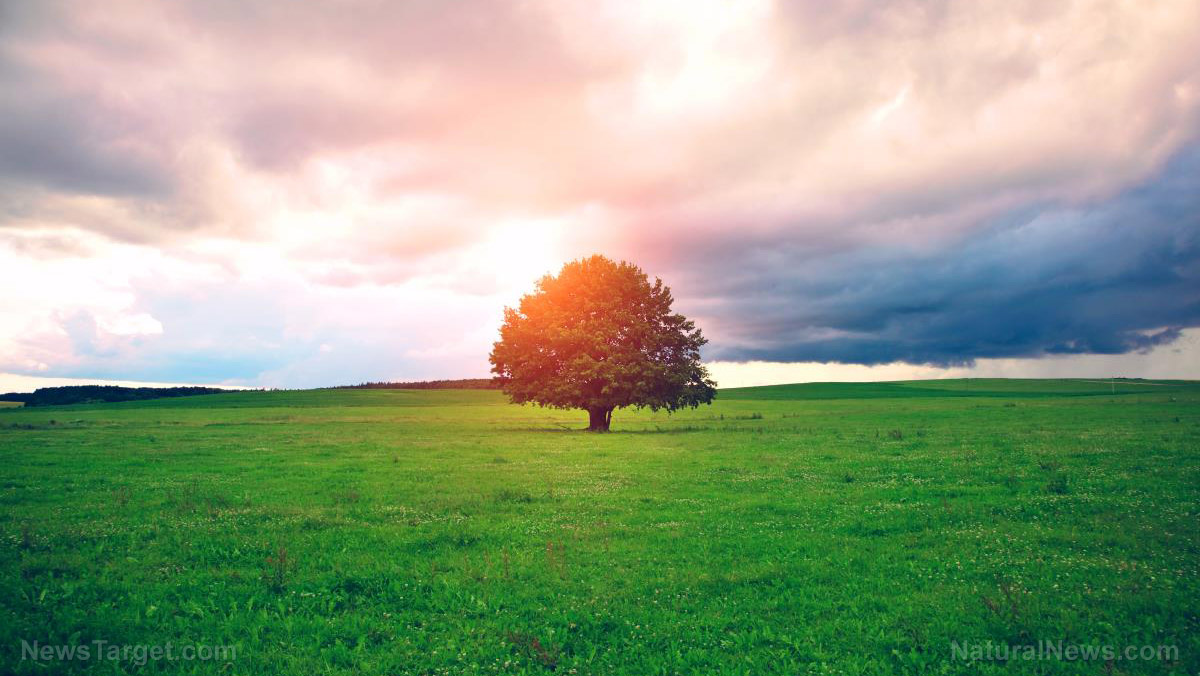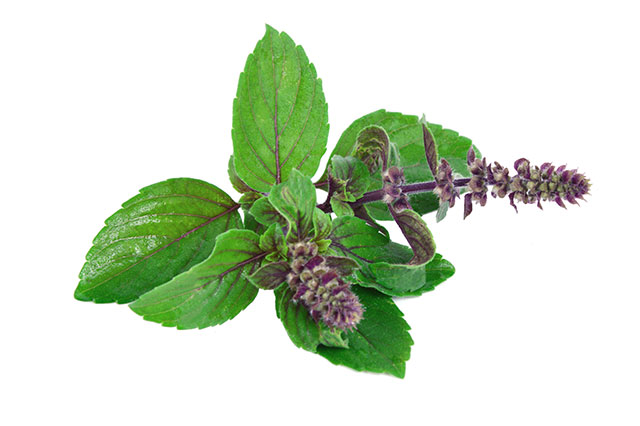Living close to nature has wide-ranging health benefits
11/16/2018 / By RJ Jhonson

Living close to green spaces improves human health. This was what a study, published in the journal Environmental Research, that evaluated the effects of green spaces on humans that lived in their vicinity found.
- The authors of the study defined green space as an “open, undeveloped land with natural vegetation” or an urban setting with plants, such as a park or street greenery.
- They reviewed 103 observational studies and 40 interventional studies covering around 100 health outcomes.
- The authors noted that people living near green spaces showed reductions in:
- Salivary cortisol
- Heart rate
- Diastolic blood pressure
- HDL cholesterol
- Low-frequency heart rate variability
- Preterm birth
- Cases of small size for gestational age
- Type 2 diabetes
- Cardiovascular mortality
- All-cause mortality
- They also noted lower incidences of stroke, hypertension, dyslipidemia, asthma, and coronary heart disease, as well as neurological and cancer-related outcomes, and respiratory mortality.
- Meanwhile, increases in high-frequency heart rate variability and self-reported good health among people living close to green spaces were observed.
The researchers concluded that exposure to green spaces has beneficial effects on human health. They hope that their findings will urge medical and healthcare professionals to encourage patients to go out and experience nature. The authors also hope that the findings will affect the way that authorities create, maintain, and improve green spaces.
Learn how you can have a long and full life at Longevity.news.
Journal Reference:
Twohig-Bennett C, Jones A. THE HEALTH BENEFITS OF THE GREAT OUTDOORS: A SYSTEMATIC REVIEW AND META-ANALYSIS OF GREENSPACE EXPOSURE AND HEALTH OUTCOMES. Environmental Research. October 2018;166:628–637. DOI: 10.1016/j.envres.2018.06.030
Tagged Under: blood pressure, cardiovascular disease, diabetes, disease prevention, green living, green space, hypertension, longevity, mortality, nature, premature birth, premature death, preterm birth, stress, stroke



















